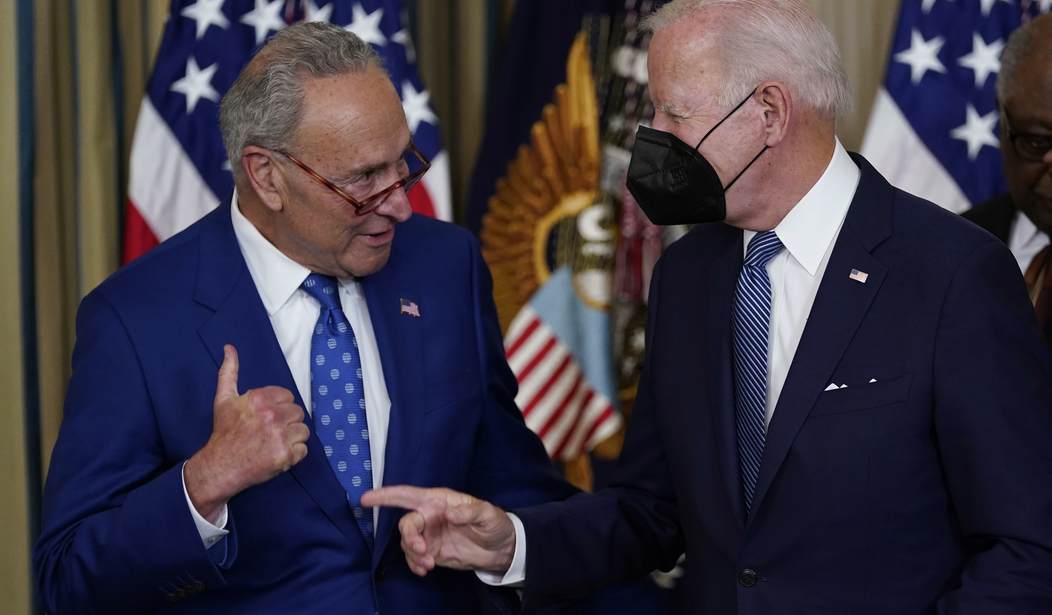Well, no one ever said that math was Joe Biden’s strong suit. A new estimate just out from the non-partisan Penn Wharton Budget Model analysts show that the student-loan forgiveness plan — aka the Academia Bailout — will cost at least $518 billion just on debt forgiveness. Total costs to taxpayers could run a cool trillion dollars, once dynamic issues get assessed:
President Biden’s new student loan forgiveness plan includes three major components. We estimate that debt cancellation alone will cost up to $519 billion, with about 75% of the benefit accruing to households making $88,000 or less. Loan forbearance will cost another $16 billion. The new income-driven repayment (IDR) program would cost another $70 billion, increasing the total plan cost to $605 billion under strict “static” assumptions. However, depending on future IDR program details to be released and potential behavioral (i.e., “non-static”) changes, total plan costs could exceed $1 trillion.
Even in the static sense, this cost analysis makes this look much worse than the White House let on. And note too that in the PWBM analysis, almost all of the cost — 87% of it — takes place in this fiscal year:

NRO’s John McCormack offers a telling comparison to grasp the scale of this giveaway — and of the executive hubris behind it:
One trillion dollars — $940 billion to be precise — was the Congressional Budget Office’s official ten-year cost estimate of Obamacare when Congress was debating the massive expansion of government in 2010. Now, President Biden is possibly taking that much money from U.S. taxpayers with a lawless stroke of a pen to provide a bailout that will overwhelmingly benefit Democratic voters a couple months before an election.
About the only good news for the White House in this analysis is that the distribution looks reasonably even across economic quintiles. However, even this is a bit misleading:
Table 2A reports the distributional impact of loan forgiveness in 2022 across all ages while Table 2B restricts the ages to 25 – 35, an age range that is arguably a bit more consistent with lifecycle effects. About 74 percent (Table 2A) to 76 percent (Table 2B) of forgiveness accrues to households making less than $82,400 (Table 2A) or $88,043 (Table 2B). Relative to our previous brief, the extra Pell grant trigger bonus of an additional $10,000 in forgiveness—for a total forgiveness of up to $20,000 for Pell grant recipients—skews the distribution more toward lower-income households.
Both tables measure current income, not income potential. When it comes to the 25-34 age bracket, we should be expecting a much higher income potential than this. If not, then the entire argument for student loans fails and we should be putting an end to these programs. Either way, this distribution model still shows 25% of the benefit accruing to the top 40% of the population — perhaps not quite as much as initially thought, but still very problematic, especially with an entitlement bailout on this massive scale.
We’ll have more on this topic later, of course … much more. Stay tuned.







Join the conversation as a VIP Member